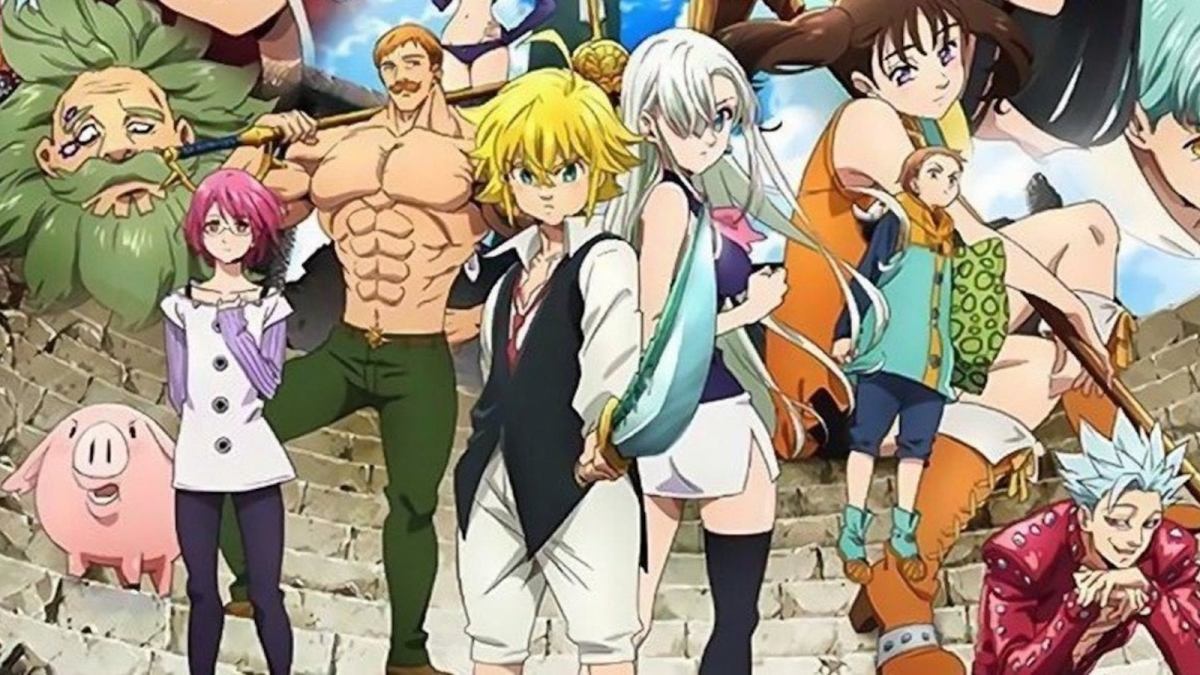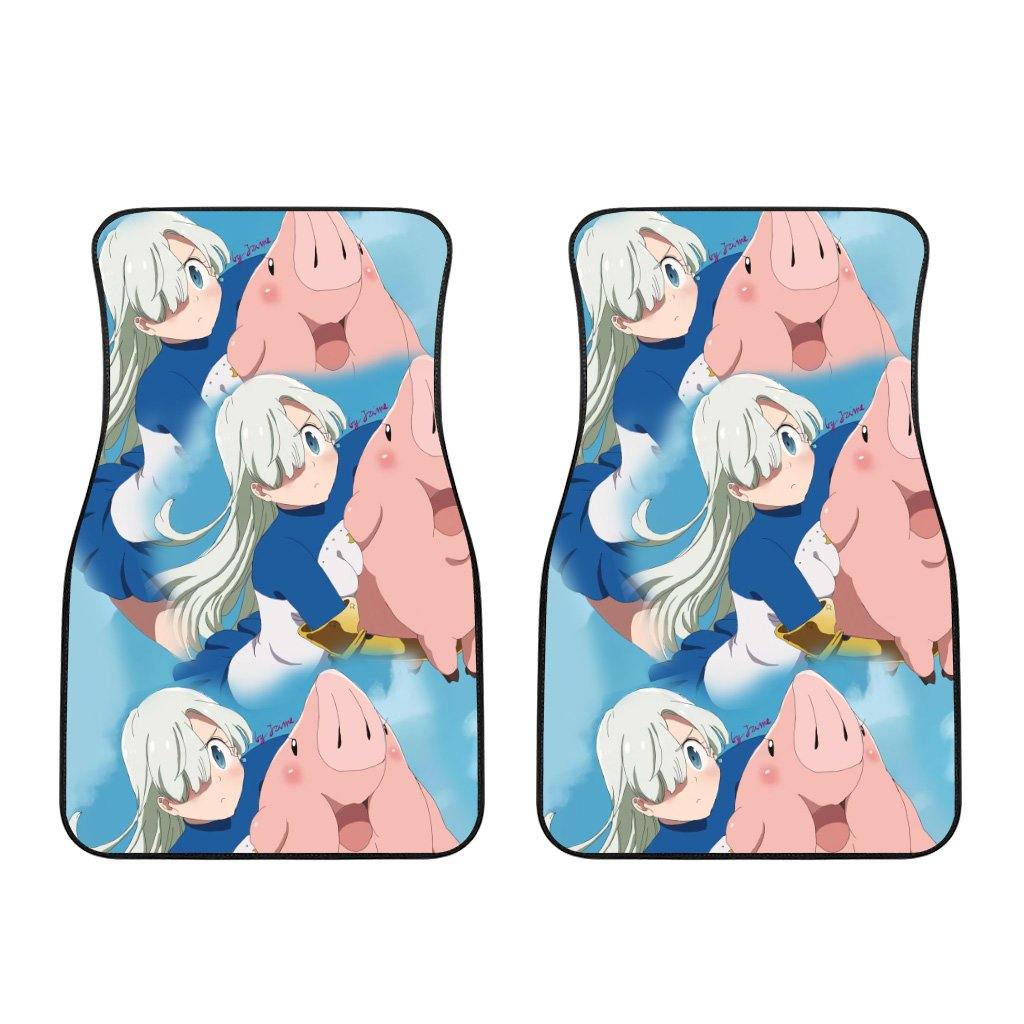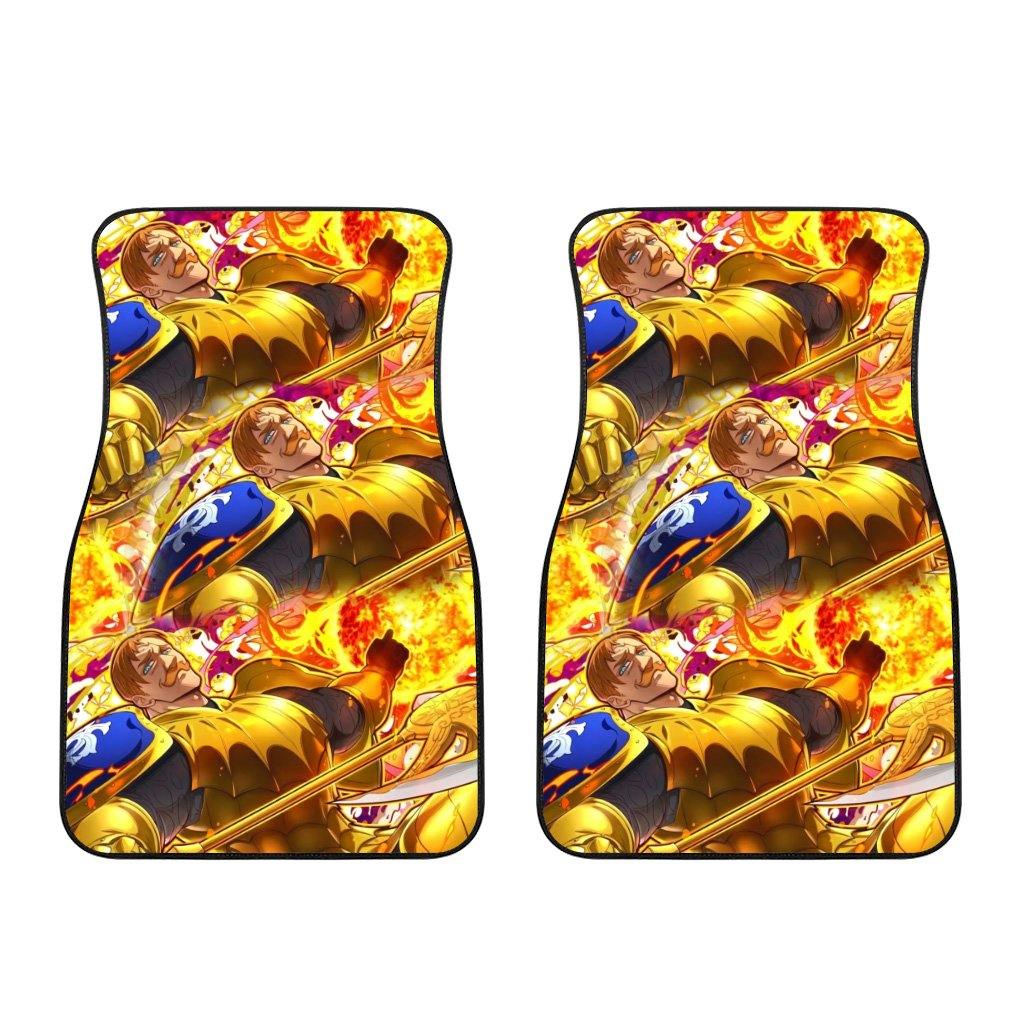Anime, Seven Deadly Sins
Review of The Seven Deadly Sins: Grudge of Edinburgh Part 1

“The Seven Deadly Sins: Grudge of Edinburgh Part 1 Review”
The release of theatrical anime films often presents a unique challenge in terms of their placement within the overall narrative. Some movies serve as enjoyable but nonessential filler, providing a slice-of-life experience that could theoretically exist within the anime’s universe but doesn’t significantly contribute to the overarching story. On the other hand, films like Netflix’s The Seven Deadly Sins: Grudge of Edinburgh Part 1 take a canonical approach, aiming to entertain viewers who are already deeply invested in the series.
The Seven Deadly Sins: Grudge of Edinburgh Part 1 is a two-part film that showcases an original story penned by Nakaba Suzuki, the author of the Deadly Sins manga. Directed by Bob Shirohata, this first installment picks up 14 years after the events of the anime, with the Kingdom of Liones finally enjoying a period of peace. However, this tranquility is shattered when a new threat emerges from the shadows. Citizens of the Giant and Fairy clans mysteriously disappear from their homes, eerie suits of armor roam between villages, and cloaked individuals wield dark magic in secrecy. As new monstrosities are born and revenge takes root, all-out war seems inevitable.
Instead of relying on the familiar Seven Deadly Sins characters to confront the impending danger, the story shifts its focus to King Meliodas (voiced by Yûki Kaji) and Queen Elizabeth’s (voiced by Sora Amamiya) son, Prince Tristan (voiced by Mikako Komatsu/Ayumu Murase). Tristan, a promising young warrior, grapples with the challenge of controlling his inherited powers, especially his father’s demonic abilities that often lead to violent outbursts. His dream of becoming a strong knight is overshadowed by the fear of inadvertently causing harm to others. This personal struggle runs parallel to the overarching assault on the Kingdom of Liones, presenting an intriguing dilemma on the battlefield.

Grudge of Edinburgh can be seen as a new arc within The Seven Deadly Sins anime. Similar to films like Demon Slayer the Movie: Mugen Train, its story feels somewhat incomplete as a standalone feature. This feeling is reinforced by its segmented release structure, with this first part clocking in at just over 50 minutes, making it feel like an extended episode rather than a self-contained narrative. Instead of presenting a complete story arc from start to finish, it serves as a bridge between previous events and the forthcoming developments, providing minimal exposition for newcomers. The intricate clan hierarchy, shifting power dynamics between characters, and the significance of certain groups are assumed knowledge, and even the villain’s motivations, though apparent, are rooted in vague allusions to the past.
Fans who eagerly anticipate the return of beloved characters will find satisfaction in their appearances, particularly as they witness the offspring of certain heroes following in their parents’ footsteps. However, newcomers to the series may struggle to connect with these aspects, relying primarily on the main conflict to hold their attention. Fortunately, Grudge of Edinburgh manages to engage audiences to a certain extent, even without extensive knowledge of the anime. While the central conflict draws from previous events, Tristan’s predicament is relatable: an evil force is abducting people, and someone must rise to stop them. The perplexing aspect of why this task falls to him instead of the Deadly Sins, given his lineage, is somewhat mitigated by the film’s narrative focus. Despite a few minor narrative issues, they never distract long enough to derail the action-packed sequences.
Speaking of action, Grudge of Edinburgh may not offer an abundance of fight scenes, but the ones present are well-executed, thanks in part to the film’s animation. The combination of computer-generated effects and hand-drawn details creates a textured visual style. The integration of 2D and CG elements is seamless, and the vibrant palette contributes to a visually appealing experience with pastel-like aesthetics grounded in reality. The characters’ movements are fluid, and their attacks carry a sense of weight in relation to the environment. This attention to detail enhances the impact of the battles and adds depth to the action sequences.

However, the short runtime of Grudge of Edinburgh proves to be a disadvantage. Just as the film starts to build momentum, it concludes, leaving viewers wanting more. The revelations in the ending are not substantial enough to compensate for the overall sense of incompleteness. While it is certainly recommended for viewing, it may be more rewarding to wait for the release of Part 2 before fully immersing oneself in this installment, particularly for those who are new to the series.
In conclusion, The Seven Deadly Sins: Grudge of Edinburgh Part 1 is an entertaining film worth watching, though its true value may be more evident after the release of Part 2. The brief action sequences are enjoyable, the voice cast delivers strong performances, and the animation quality is commendable. However, due to the film’s open-ended nature and lack of necessary exposition, fans of the series will likely find more enjoyment and understanding in its content. The relatively short runtime further reinforces a feeling of incompleteness. As a result, while it can be recommended, there is a valid argument to suggest waiting for the second part to be released before fully diving into this installment, especially for those approaching it as newcomers to The Seven Deadly Sins.
We bring out some of the most well-known Seven Deadly Sins collection, all of which are available at reasonable costs. Visit our link now if you are interested in the Seven Deadly Sins collection


Hawk Mama,HelBram,Jericho,Oslo,Margaret
